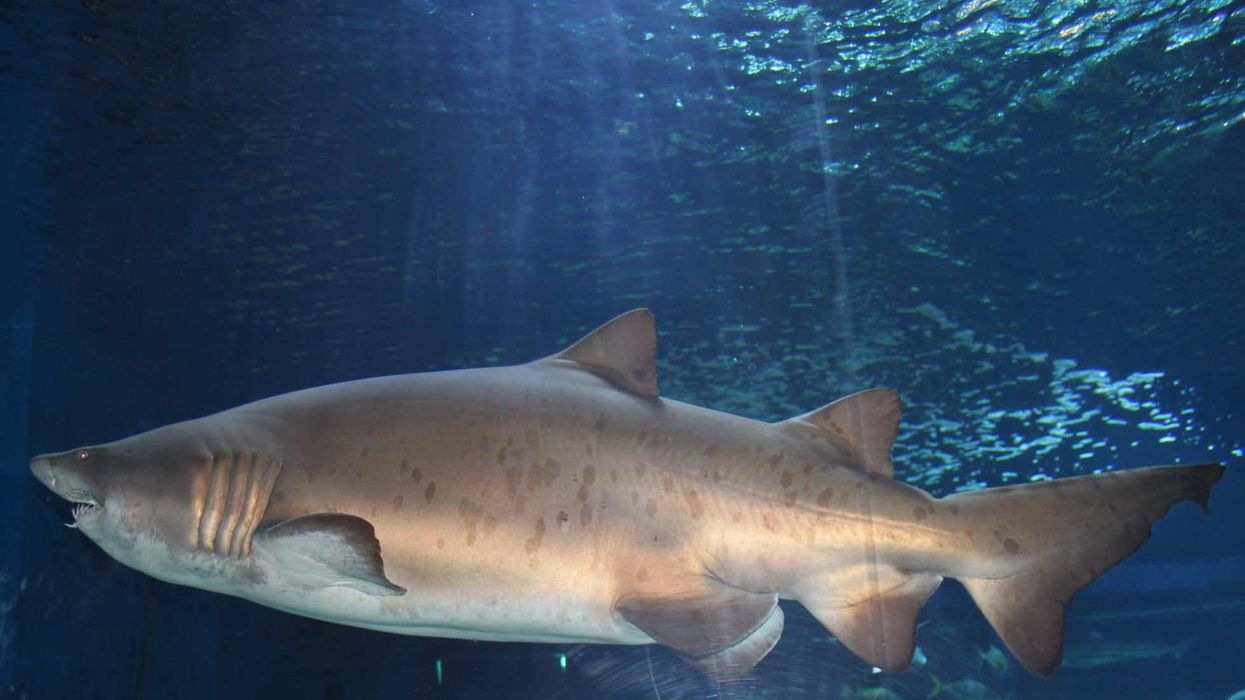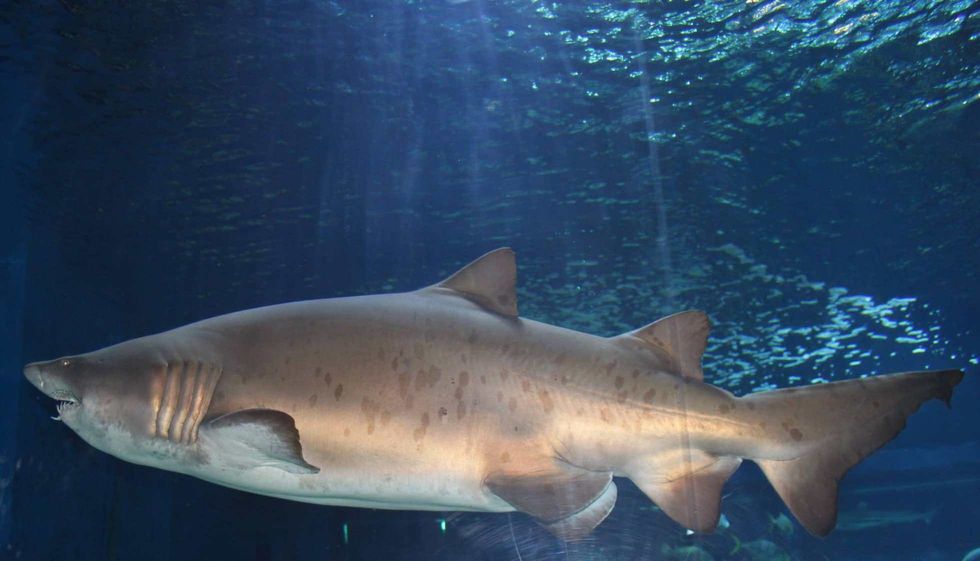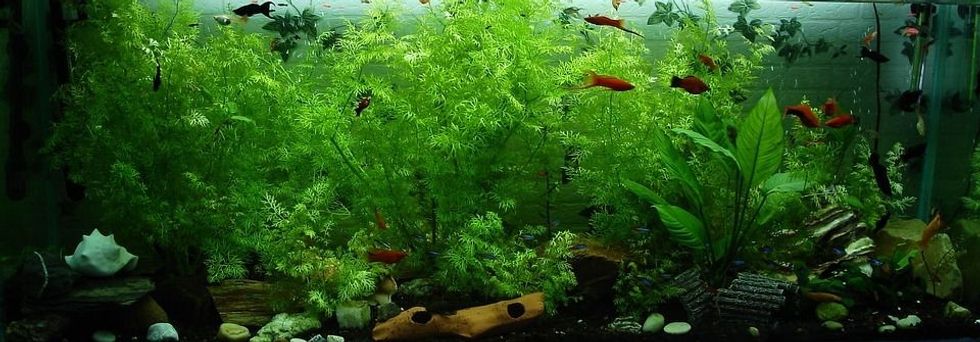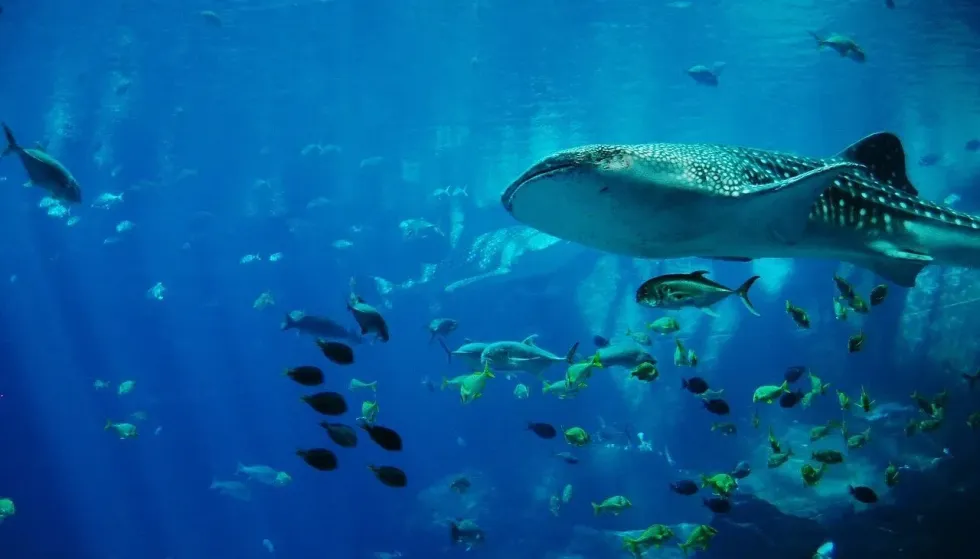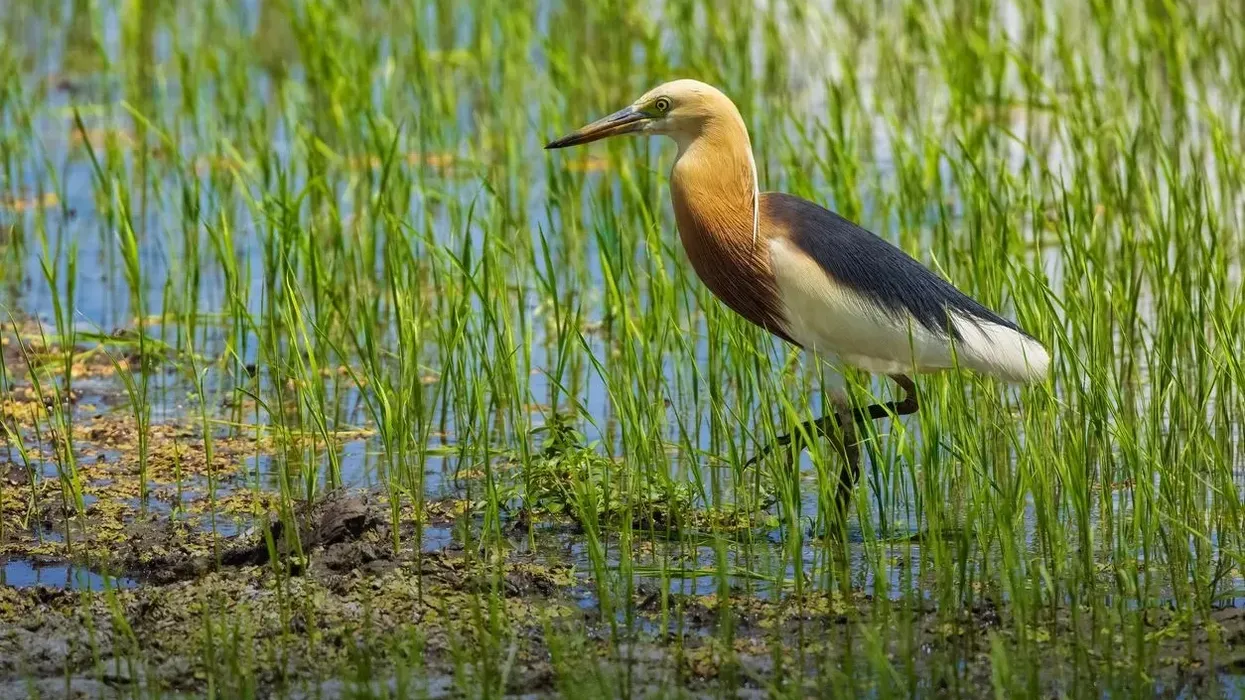Among the rapidly deteriorating shark populations, the Pondicherry shark (Carcharhinus hemiodon) of the genus Carcharhinus is one of the most threatened species.
Due to tremendous and unchecked fishing pressure, the fish has lost its habitat and is currently at the edge of termination. German biologists namely Jakob Henle and Johannes Peter Müller were the first to offer a detailed description of the Pondicherry sharks in their published work, 'Systematische Beschreibung der Plagiostomen' (1839).
Other names associated with the species are Carcharias watu (Setna & Sarangdhar), Carcharias hemiodon (J. P. Müller & Henle), and Hypoprion atripinnis (Chu).
Some years back, these sharks abound the rivers and coastal waters of India and Pakistan but with just 249 left all over the world, the fish is presently at the face of the most perilous situation. The species is amphidromous which implies that they migrate to freshwater and coastal waters (outside the breeding season).
The requiem shark does not possess a large size and is not known to be violent due to which survival often becomes a challenge.
For some more illuminating facts about Pondicherry sharks, read on. If you want to explore more fish species then don't forget to read through these amusing facts on the pumpkinseed sunfish and longhorn cowfish.
Pondicherry Shark Interesting Facts
What type of animal is a Pondicherry Shark?
The Pondicherry shark is the most endangered species of fish.
What class of animal does a Pondicherry Shark belong to?
The Pondicherry sharks have been classified under the class Chondrichthyes.
How many Pondicherry Sharks are there in the world?
According to the IUCN Red List, the number of Pondicherry sharks is currently recorded at 249 adults only.
Where does a Pondicherry Shark live?
The Indo-Pacific waters were once teeming with these sharks. Pondicherry sharks have previously been traced in India, Pakistan, China, Malaysia, Indonesia, the Gulf of Oman, and even parts of southern Sri Lanka.
Previously, these sharks were widely prevalent in the Indian Ocean. They can be sparsely located in the Gulf of Oman. In India, they were known to be prevalent in several rivers like the Saigon river and Hooghly river.
What is a Pondicherry Shark's habitat?
Pondicherry sharks sustain in a demersal environment. The critically endangered species can be found in the coastal waters as well as freshwaters. Previously, the fish was very popularly available in fisheries as well.
Who do Pondicherry Sharks live with?
Sharks exhibit varying social behavior. They can live in schools or even dwell solitarily.
How long does a Pondicherry Shark live?
Information about the life span of the Pondicherry shark is not available. Moreover, since these sharks have been fished out on a large scale, their life span is quite uncertain and has been reduced to a great extent.
How do they reproduce?
There is very little detailed information about the Pondicherry shark reproduction. However, the species is viviparous. Some sharks take a long time to mature sexually.
During the breeding process, the males swim parallel to the females engaging in copulation. This process is aggressive as the males use their teeth to grasp females firmly, often injuring them with bite marks. The gestation period spans around nine months to two years, after which the females give birth to the pups.
What is their conservation status?
As per the data released by the IUCN Red List, the Pondicherry sharks are critically endangered species. They are the most threatened with speculations over beliefs that claim the Pondicherry shark extinct.
Pondicherry Shark Fun Facts
What do Pondicherry Sharks look like?

*We've been unable to source images of Pondicherry Shark and have used images of Sand Tiger sharks instead. If you are able to provide us with royalty-free images of Pondicherry Shark, we would be happy to credit you. Please contact us at hello@kidadl.com.
When compared with other species of sharks, the Pondicherry sharks come in a rather small size. They are gray in color with a pointed snout at the tip.
The teeth in the base are serrated while at the tip they are smooth. The sharp teeth render a distinct look and help to devour prey. Another distinct feature is their large dorsal fins and pectoral fins that have black color on their tips.
How cute are they?
Sharks look ferocious rather than cute, owing to their wide jaw structure with serrated teeth. The attribution of ferociousness, however, has little to do with their actual nature. The species is a beautiful marine animal.
How do they communicate?
Sharks communicate by using body language. They do not engage in vocalizations.
Gestures like arching, shaking the head, and opening and closing of the jaw help them in exchanging ideas. They rely on visual and olfactory senses to navigate, locate food, and also find a suitable mating partner. For instance, slapping movements are used to avert opponents chasing the same fish.
How big is a Pondicherry Shark?
The length of Pondicherry sharks is commonly around 3.3 ft (100 cm). The species has a comparatively small size. It is quite minuscule when compared with whale sharks that have a length of about 55 ft (1,676 cm).
How fast can a Pondicherry Shark move?
The swiftness with which Pondicherry sharks move has not yet been analyzed as the species can hardly be traced let alone measuring its speed limits. However, they are believed to be quite agile.
How much does a Pondicherry Shark weigh?
The weight of the species cannot be mentioned with complete certainty or accuracy as the biodata of the fish needs research and still remains a mystery due to its minuscule population.
What are their male and female names of the species?
The males and females do not possess specific names.
What would you call a baby Pondicherry Shark?
Baby sharks are generally called pups.
What do they eat?
Pondicherry sharks are carnivorous. Their diet comprises crustaceans, small fishes, and cephalopods.
Are they poisonous?
Shark bites can prove to be inflicting but in general, the species is not known to be dangerous. Dogfish sharks possess venom in the dorsal spines that can prove to be poisonous. In the case of Pondicherry sharks, this species is not at all toxic as they were hunted down and found in fisheries meant for human consumption.
Would they make a good pet?
It is widely believed (without concrete evidence) that Pondicherry sharks are perhaps extinct. Even if they are not completely obliterated from the world, there are a handful left of this species due to which the possibility of maintaining the fish as pets is impossible. However, these sharks are not known to portray aggressiveness towards humans.
Did you know...
The term Carcharhinus has Greek roots, where karcharos means sharpen combined with rhinos implying nose. Pondicherry sharks possess a pointed and sharp snout due to which the name fits well.
Even a marine sea-diver and explorer might find it challenging to trace Pondicherry sharks among a variety of Sri Lankan freshwater fishes. The species is such a rare sight!
The American conservationist and wildlife adventurer and explorer, Forrest Galante, in one of his episodes of the Shark Week, came across two specimens of shark carcass. While one was an identified bull shark, the other, suggested by its DNA reports, is considered to be a Pondicherry shark.
Is the Pondicherry Shark at risk of extinction?
Pondicherry sharks are in a critical position, standing almost at the brink of extinction. The Pondicherry shark is considered to be a great catch in any fishing expedition and with increasing fishing practices, the shark population is currently at peril.
In India, the last Pondicherry shark species was traced in the year 1979 while some specimens of the Carcharhinus hemiodon have been found in Sri Lanka in 2019. However, there is a lot of scientific speculation on the authenticity of this fact, and needs confirmation.
Which other sharks are endangered?
Unchecked and uncontrolled fishing practices, commercialization of fishing business, and setting up of fisheries have greatly impacted the marine biodiversity where not only the sharks but innumerable fishes have come to the point of extinction. Pollution, deterioration of the coastal shelves, habitat loss are some of the major concerns that have catalyzed the pertaining ill-effects.
Not only the Pondicherry shark (Carcharhinus hemiodon), but other species like the Daggernose shark, whale shark, and the great white shark, are equally endangered.
Pondicherry sharks are greatly threatened and at high risk in the present context. The conservation efforts that are being undertaken are not enough to secure the species from its potential extinction.
Here at Kidadl, we have carefully created lots of interesting family-friendly animal facts for everyone to discover! Learn more about some other fish including Caribbean reef shark facts and Porbeagle shark facts.
You can even occupy yourself at home by drawing one on our Pondicherry shark coloring pages.
*The main image is of a silky shark which falls under the same genus as the Pondicherry shark.

